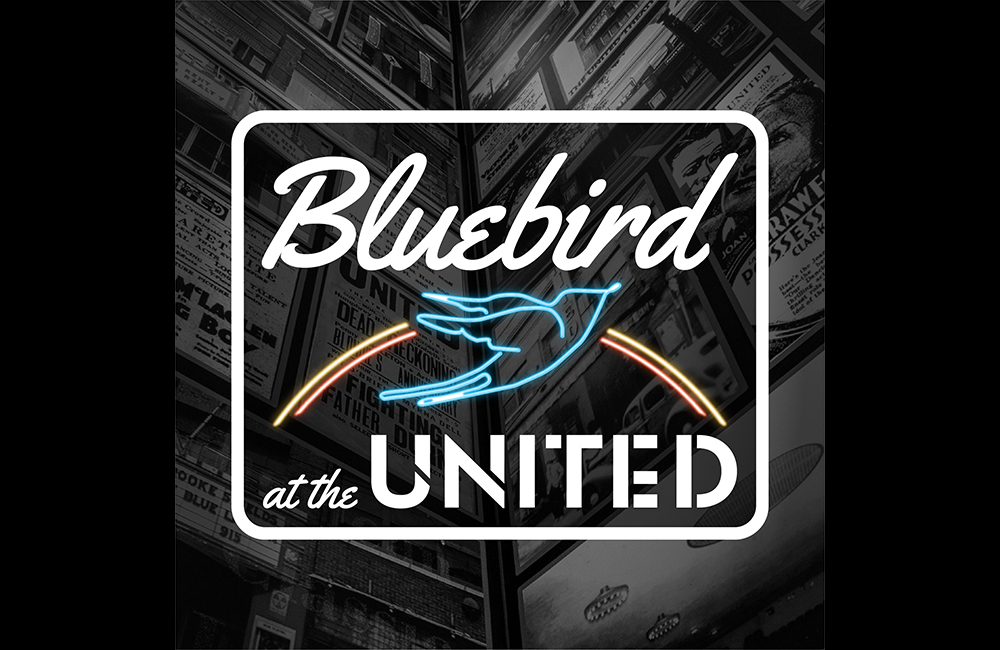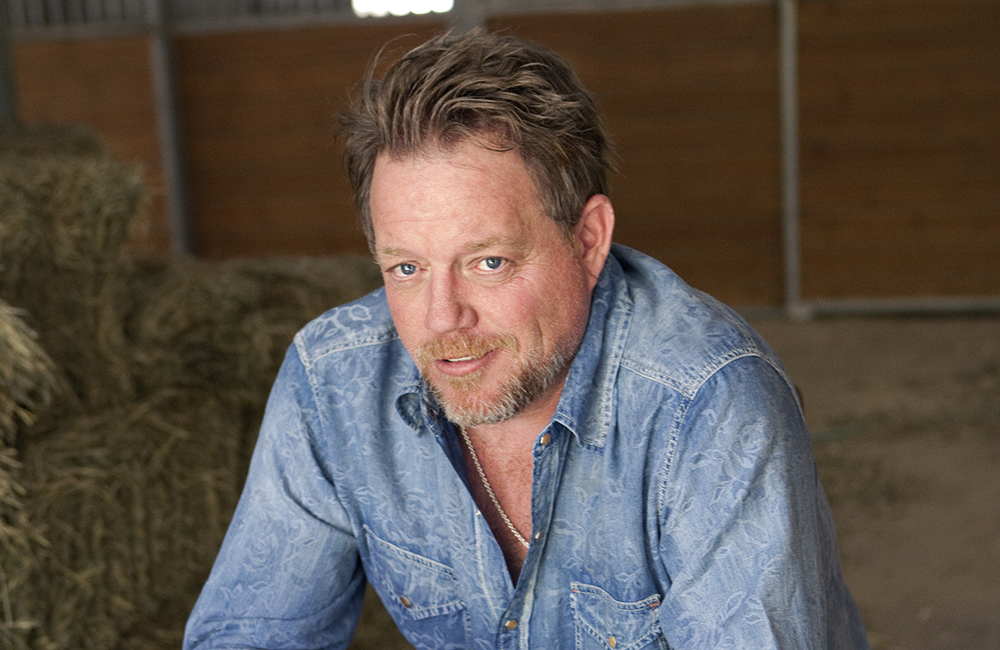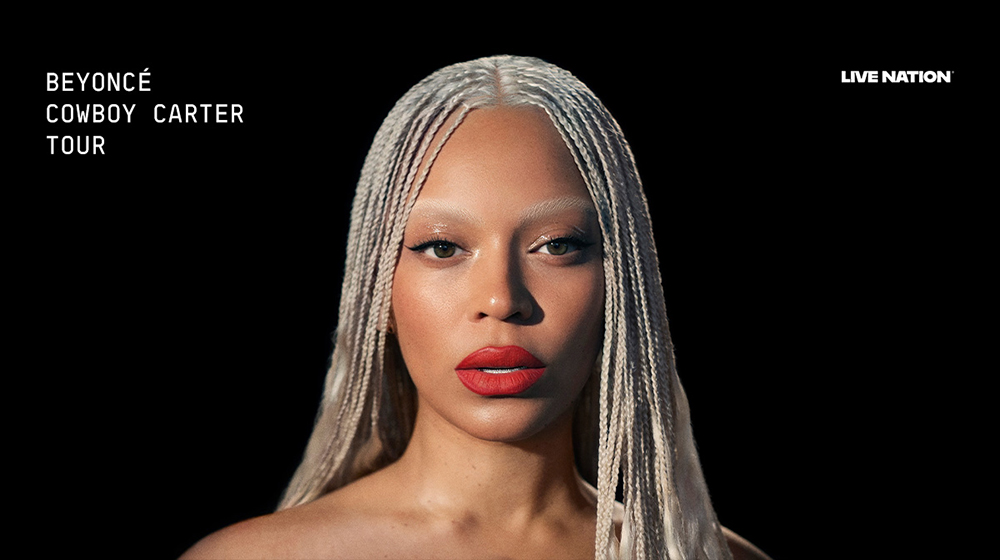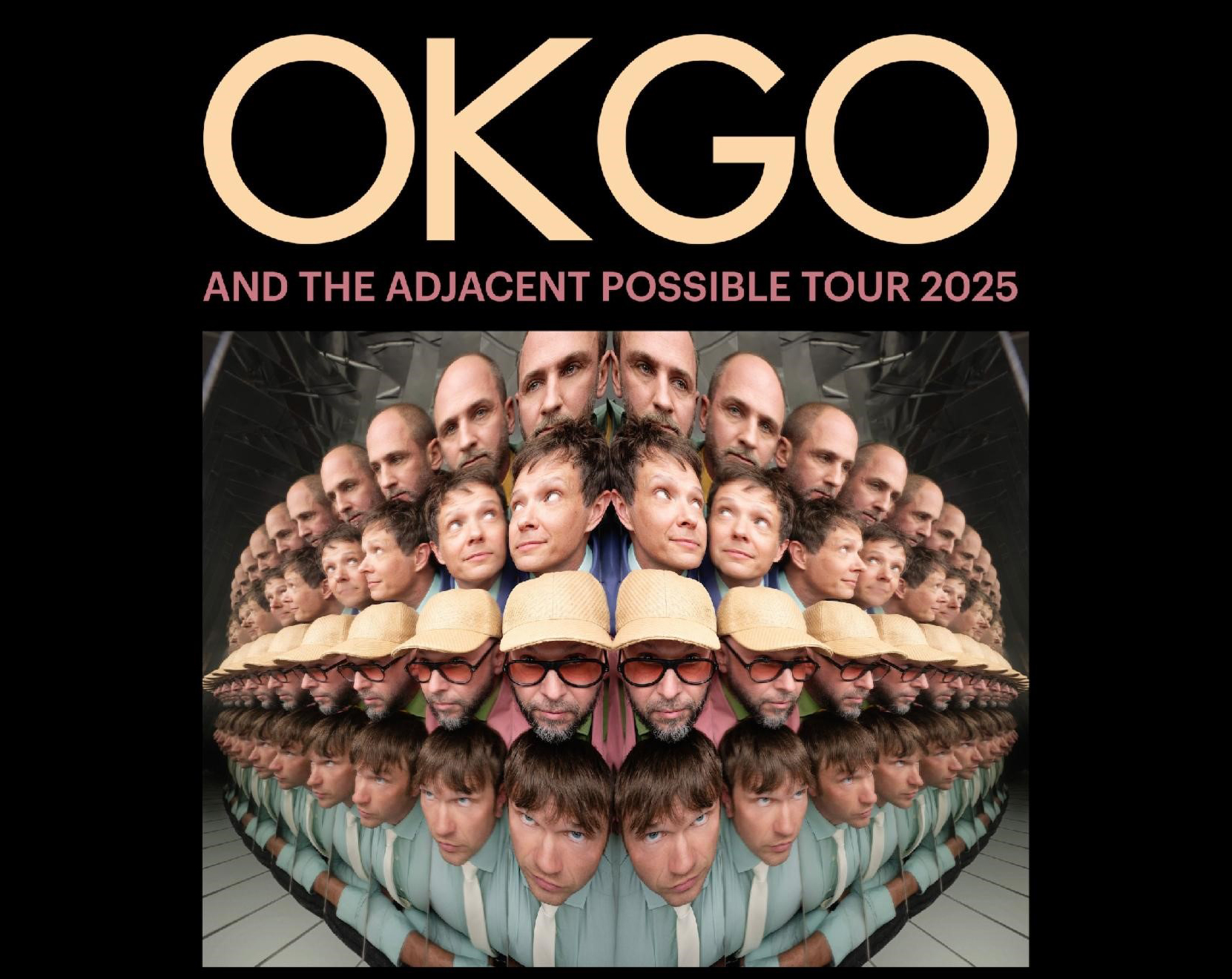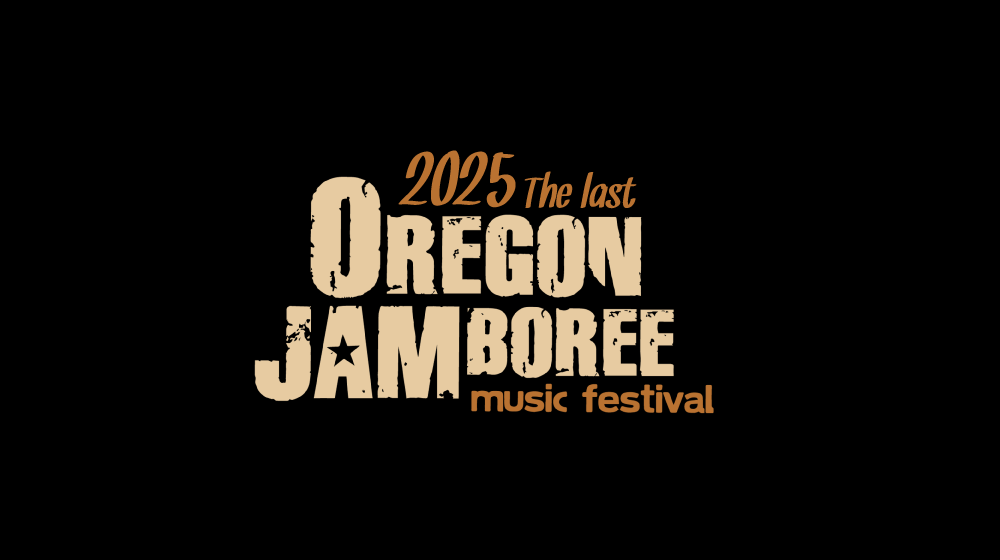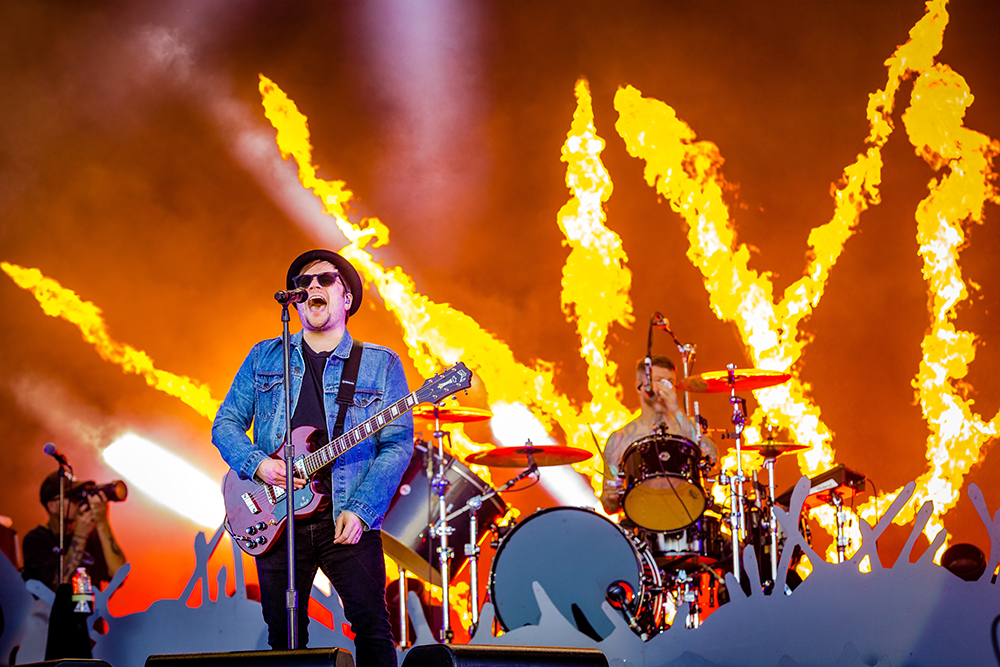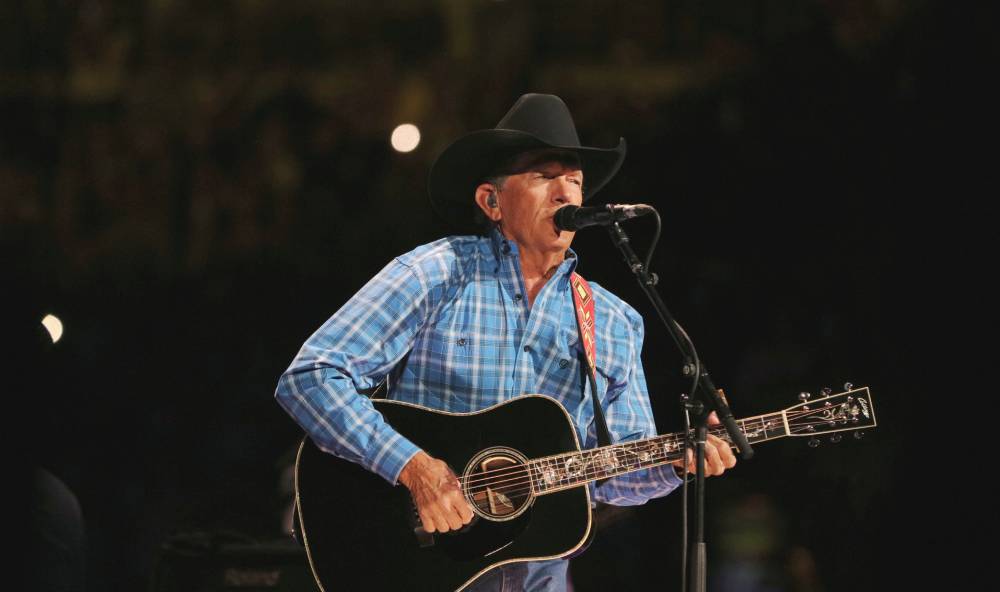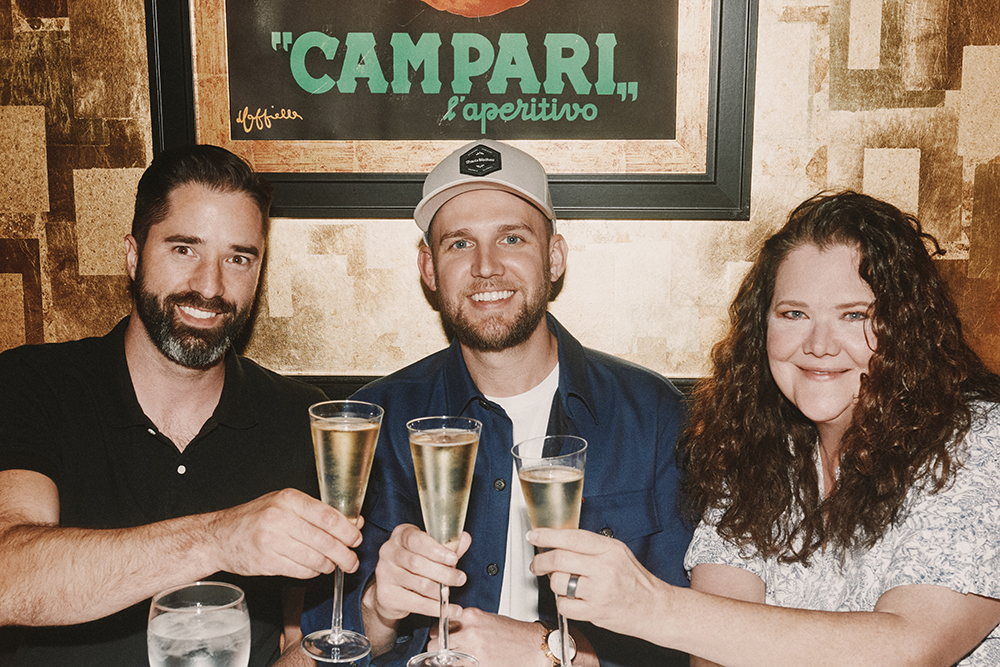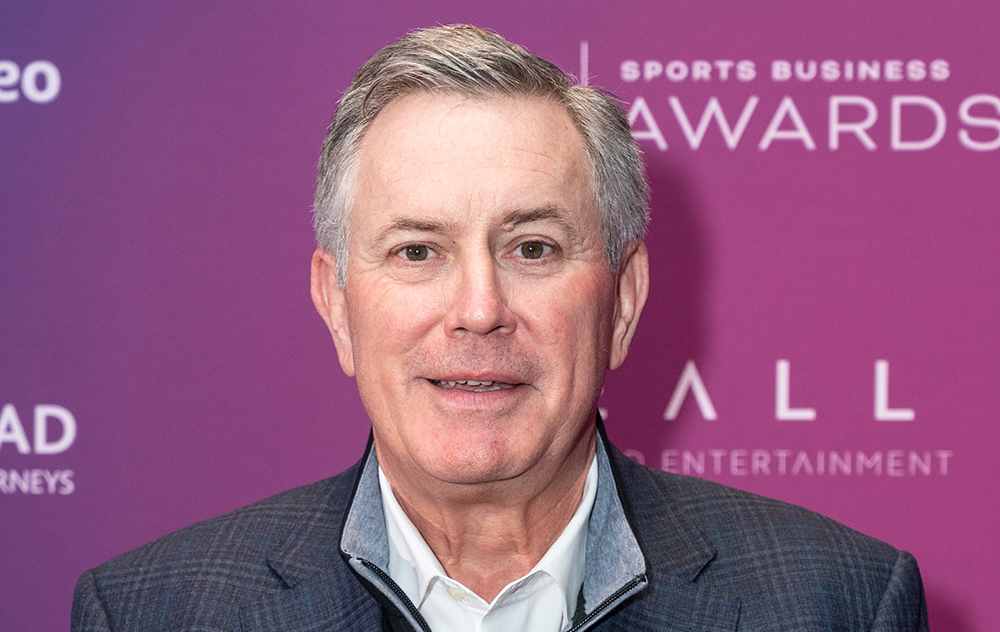
(Hypebot) – It may only be February, but the year 2017 has already proven itself to be one of major change for the live music industry. Here we look at five different trends, whether it's a rise in activism or immersive theater, that are reshaping the live music business.
———————————————————-
Guest post by Rachel Grate of Eventbrite
We’re just one month into 2017, and it’s already proven to be a year of big changes — and the live music industry is no exception to the rule.
To stay on top of your game in a shifting landscape, you need a firm grip on the music trends that will shift the landscape in 2017. But don’t take it from us — take it from the nineteen industry pros we interviewed, including Newport Folk Festival, Afropunk, National Sawdust, and more.
Here’s how tastemakers predict the live music industry will change in 2017 — and how you can use those trends to protect your business.
1. Activism will revive the live music community
“Music has recently been more about escapism than activism,” says Jay Sweet, festival director and talent buyer for the Newport Festivals Foundation. But with major political changes coming in 2017, fans may be looking to their favorite artists to take a stance. “I’m excited because I think this could be the year where musicians could… try to affect positive change through music,” Sweet says.
Matthew Morgan, the co-founder of Afropunk, believes fans will look to live music as an opportunity to make sense of the world around them. “We’re in line for some really great art over the next four years, [and] what we’re doing is going to be even more important,” Morgan says. “So many people are looking for things that are positive, that give them something meaningful in their lives.”
“We’re in line for some really great art over the next 4 years.” — Matthew Morgan of @afropunk
In this quest for self-expression, fans and artists will use live performances as an opportunity to build community around shared causes. “Festivals are a place for people to congregate safely — a place to share a common, collective experience,” Sweet says. It will be up to independent promoters and producers to create these safe spaces for activism.
2. Immersive theater will influence live music performances
From popular events like The Speakeasy in San Francisco to the topic of breakout HBO show Westworld, immersive theater made a big splash in 2016. These shows make audience members a part of the performance, and this year, we’ll see their influence begin to make live music performances more multidimensional.
“The world of immersive theater is about to explode,” says Nick Panama, the founder of Cantora. “We’ll be seeing a lot more experiential storytelling, and its influence on live music.”
Panama predicts live shows will expand the storytelling from the music itself to other senses. Instead of relying solely on audio cues or a screen behind them to tell a story, performers will begin to activate the entire room or stadium with immersive sensory details. Using a variety of new technologies, fans will become part of an alternate reality for the duration of the show.
3. Venues will band together to establish more sustainable economics
With rising rent prices in cities across the country, venues are facing a serious financial challenge in 2017.
“Venues will either buy the land they sit on, or they’ll move,” says Brendon Anthony, the director of the Texas Music Office. “We’re not going to see our favorite venues in the same place unless they own the land. The venues that are iconic and last [will] need to control their rent.”
“Venues will either buy the land they sit on or they’ll move.” – @Brendon–Anthony of @txmusicoffice
But venues may not be able to crack the code to sustainability on their own. Venues will have the most success if they band together to protect their businesses.
“There are real ways venues can work together to make their margins a bit easier to handle,” Anthony says. In Texas and other states, for instance, venues, bars, and restaurants are all taxed in the same way, even though venues have to put more of their money back into infrastructure. There could be a way for venues to reduce their tax rate, “but for that to happen, venues would have to define what being a venue means, and then go to work to lobby as a group for the change.”
Fighting for this recognition won’t be easy, but it’s the best way for rooms to protect their business. Venues in the UK have already seen success with this strategy, led by the Music Venue Trust and their annual Venues Day, aimed at raising awareness and advocating for venue rights. Venues in the states will need to follow suit, banding together to protect the future of live music in their respective cities.
4. Brands will become even more intertwined with artists
Sponsors spend $1.4 billion on the music industry in the United States each year, and that number is only going up. Instead of investing in large activations or stages at festivals, our experts predict that brands will focus more on building relationships with specific artists in the next year.
Mark Monahan, the festival director of Ottawa Bluesfest, has seen this shift firsthand. “In the last few years, most sponsors want to activate around artists,” Monahan says. “Five years ago in the festivals space, that was a nonstarter. Artists are recognizing the role sponsors play in helping to fund festivals, and are more willing to participate in auxiliary activities.”
Currently, most of these artist activations look like meet and greets, or small, private shows with festival headliners. But these activations will need to evolve and become more natural to succeed in 2017. It is likely we’ll see more activations like last year’s Lady Gaga’s Dive Bar Tour, sponsored by Bud Light. The series focused on one of the most important roles a brand can play for an artist: delighting fans by bringing them in more direct contact with their idols.
But this integrated relationship between artists and brands could be in conflict with another trend — that artists are more openly expressing their political beliefs.
“I’m hesitant about what the branded content space is going to look like in the next year,” Gaston says. “If artists get more politically involved, will that impact how brands interact with artists? It’s going to be really tricky if that spending shifts, especially since brand dollars have become more important to the bottom line for both artists and labels.”



















